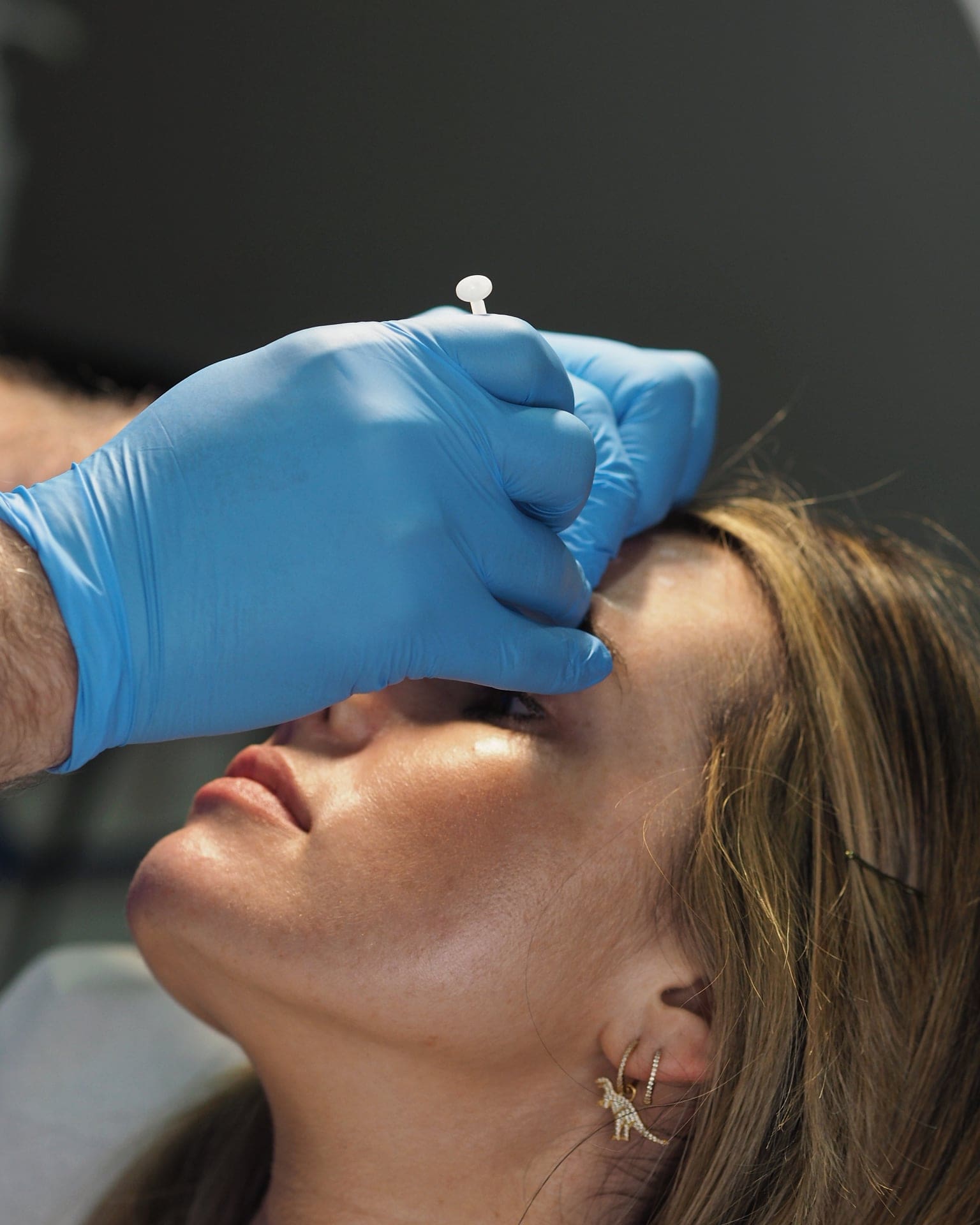Tubular Breasts Correction
 The terminology tubular breasts is synonymous with tuberous breasts. It is a congenitally acquired condition, which may present in more than one member of a family. Although the breasts are functionally normal; they are cosmetically different and often patients will clearly say when asked at presentation to my clinic that they do not like their breasts’ shape, size, and the asymmetry.
The terminology tubular breasts is synonymous with tuberous breasts. It is a congenitally acquired condition, which may present in more than one member of a family. Although the breasts are functionally normal; they are cosmetically different and often patients will clearly say when asked at presentation to my clinic that they do not like their breasts’ shape, size, and the asymmetry.
When examining patients with tubular breasts, the breasts may be narrow, pointy, and not unusually small relative to the patient stature and height. Asymmetry is common and the cleavage is wide, the areola is disproportionately large and protrudes, whilst in some cases constriction in the lower pole of the breast causes the nipples to point down, this I have attributed the terminology Constrictional Ptosis, which demonstrates lack of tissue as a cause rather than its excess or laxity.
The patient may notice in the more mild forms of tubular breasts that there is cyclical variation which mirrors their menstrual cycle. The tuberosity appears less obvious in the last few days of the menstrual cycle, i.e. nearer to day 25-28 in a 28 days cycle.
The treatment of tubular breasts is often surgical; and could be in one or two stages. The choice of procedure is patient age dependent, and is influenced by the severity of the presentation and most importantly patient’s choice.
One stage procedures are likely to involve in the majority of cases shaped breast implants (tear drop); however in selected cases, round implants may also be feasible. Adjunctive procedures including internal breast tissue scoring to improve the protuberant areolas and Fat transfer (Lipo-filling, Lipo-modeling) may also be of benefit.
The two stage technique will include tissue expansion using expandable silicone implants which will contribute to the widening of the narrow base of the breast and add more fullness until the breast growth is nearer its final stages; the completion of breast growth may vary between ages 21-23. The expanders will be inflated over a period of time which is individually tailored. The inflation is performed through a port that is buried under the skin which is placed intra-operatively over the side of the rib cage.
In those patients needing a second stage, this may involve the expander implants removal, and replacement with silicone implants; a mastopexy is performed in those patient’s whose breasts need to undergo this surgery. However the expander implants may be retained and the mastopexy is performed with the device in situ. If a second stage is not warranted the expander ports can be removed through a separate cut under local anaesthetic.
Thirteen years as a consultant and dealing with tubular breasts patients I find that the teenage patients whom I have treated since their early years have blossomed into young successful confident adults. This is a reward that cannot be quantified and can only be termed as priceless.
The surgery is carried out at an accredited hospital under a general anaesthetic; the hospital stay is 1-2 nights. The dressings are removed and the dissolvable stitches trimmed short after 10-12 days. The anticipated recovery in most patients is 3-4 weeks.
Pain requirements vary between individuals; however most patients find the pain limited and can be well controlled with appropriate pain killer tablets over the first few days after surgery.
For further information regarding the surgery, options, the benefits, potential risks and complications, kindly make an appointment to these discuss further.





